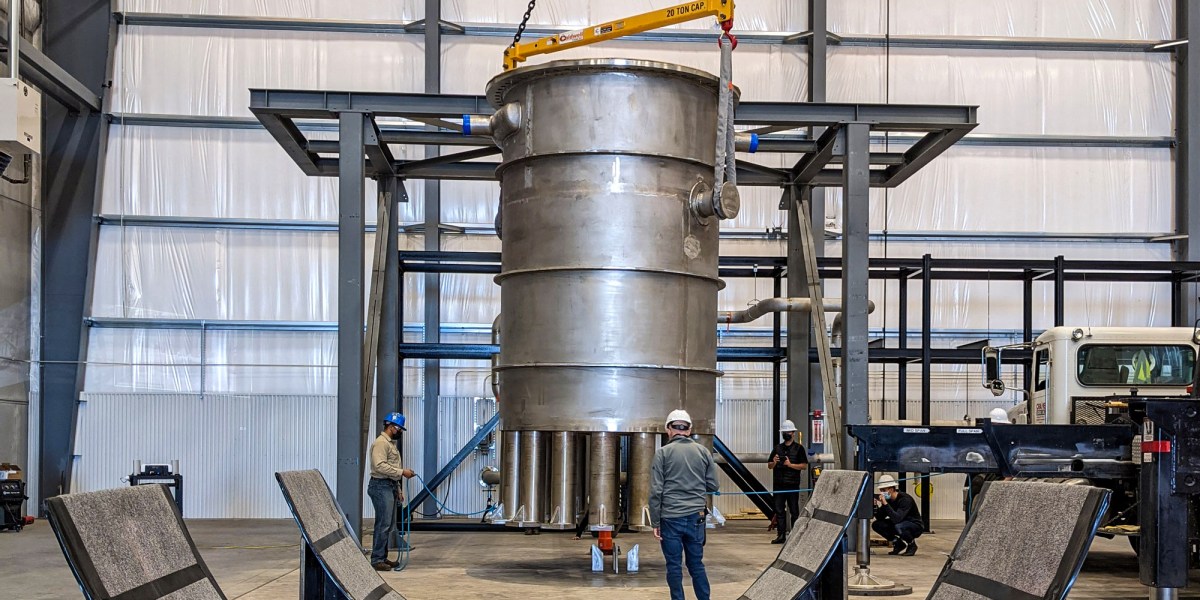
Many of these so-called advanced technologies were invented and even demonstrated over 50 years ago, before the industry converged on the standard water-cooled plant designs. But now there’s renewed interest in getting alternative nuclear reactors up and running. New designs could help improve safety, efficiency, and even cost.
Coolant
Alternative coolants can improve on safety over water-based designs, since they don’t always need to be kept at high pressures. Many can also reach higher temperatures, which can allow reactors to run more efficiently.
Molten salt is one leading contender for alternative coolants, used in designs from Kairos Power, Terrestrial Energy, and Moltex Energy. These designs can use less fuel and produce waste that’s easier to manage.
Other companies are looking to liquid metals, including sodium and lead. There are a few sodium-cooled reactors operating today, mainly in Russia, and the country is also at the forefront in developing lead-cooled reactors. Metal-cooled reactors share many of the potential safety benefits of molten-salt designs. Helium and other gases can also be used to reach higher temperatures than water-cooled systems. X-energy is designing a high-temperature gas-cooled reactor using helium.
Fuel
Most reactors that use an alternative coolant also use an alternative fuel.
TRISO, or tri-structural isotropic particle fuel, is one of the most popular options. TRISO particles contain uranium, enclosed in ceramic and carbon-based layers. This keeps the fuel contained, keeping all the products of fission reactions inside and allowing the fuel to resist corrosion and melting. Kairos and X-energy both plan to use TRISO fuel in their reactors.
Other reactors use HALEU: high-assay low-enriched uranium. Most nuclear fuel used in commercial reactors contains between 3% and 5% uranium-235. HALEU, on the other hand, contains between 5% and 20% uranium-235, allowing reactors to get more power in a smaller space.
Size
I know I said I’d keep this to two things, but let’s include a bonus category. In addition to changing up the specifics of things like fuel and coolant, many companies are working to build reactors of different (mostly smaller) sizes.
